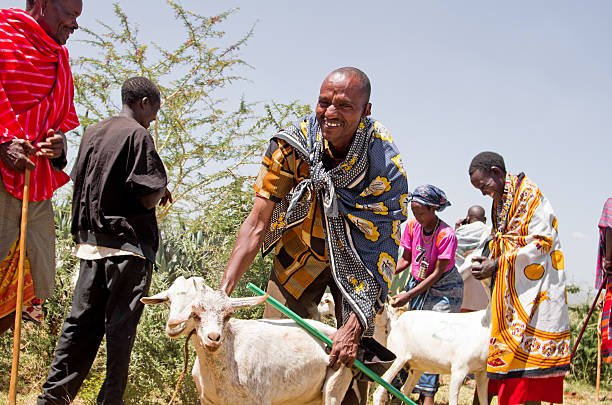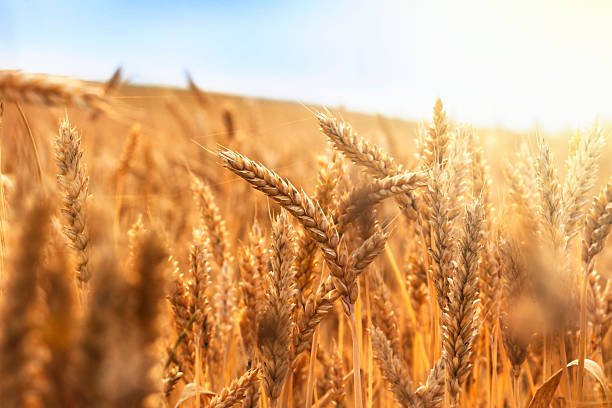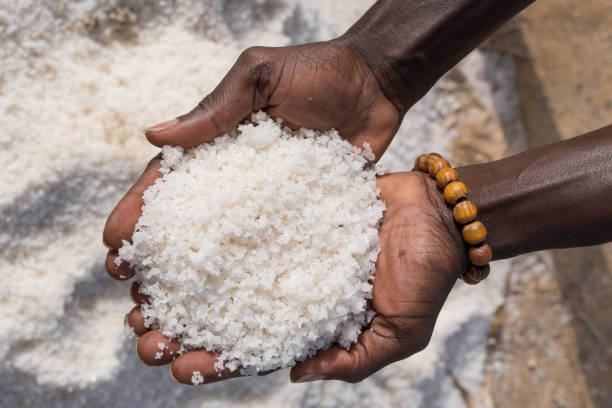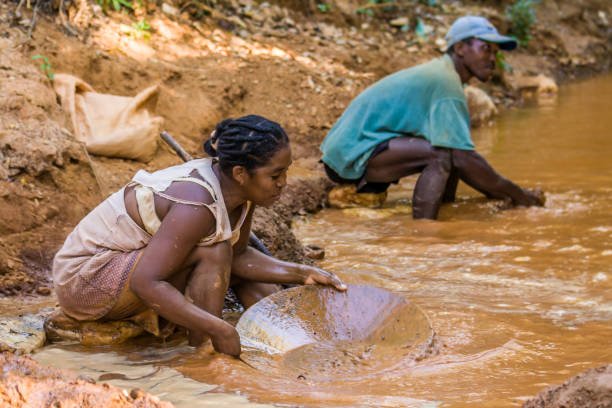Examples of durable goods used as money in the olden days:
Let’s talk about something pretty cool from the olden days: durable goods that were used as money. Way before we had paper money and coins, people traded using items they found valuable and, importantly, that lasted a long time. Here are some neat examples:
Livestock

In many ancient societies, animals like cows, sheep, and camels were like mobile bank accounts. They were valuable, long-lasting, and you could even grow your wealth by breeding them! Imagine buying things with a sheep instead of a credit card!
Grains and Food Items

Things like wheat or barley were common in agricultural societies. They were super important because, well, everyone needs to eat! Plus, grains could be stored for a long time, making them a handy form of money.
Salt

Believe it or not, salt was once as valuable as gold! It was crucial for preserving food before refrigerators were a thing. In some places, people were actually paid their salaries in salt. That’s where the word “salary” comes from!
Precious Metals

Gold, silver, and bronze were popular because they don’t rust or corrode. People made them into coins, but before that, they were traded in nuggets or bars. Precious metals were like the VIPs of ancient currency.
Shells
In many coastal and island regions, shells, especially cowrie shells, were used as money. They were pretty, easy to carry, and you couldn’t just find them anywhere, which made them valuable.
Tea Bricks
In parts of Asia, people compressed tea leaves into bricks. These tea bricks could be used to buy things and, when you needed a warm drink, you could just shave off a piece of your money and brew it!
Tobacco
In early American colonies, tobacco was used as currency. It was in high demand in Europe, so it held a lot of value. Farmers would store it and use it to trade for other goods.
So, next time you buy something with cash or a card, think about how in the past, you might have used a cow or a handful of salt instead! Money has come a long way from the days of trading livestock or grains, but it’s cool to see how different cultures solved the problem of how to buy and sell things before modern money came around.
